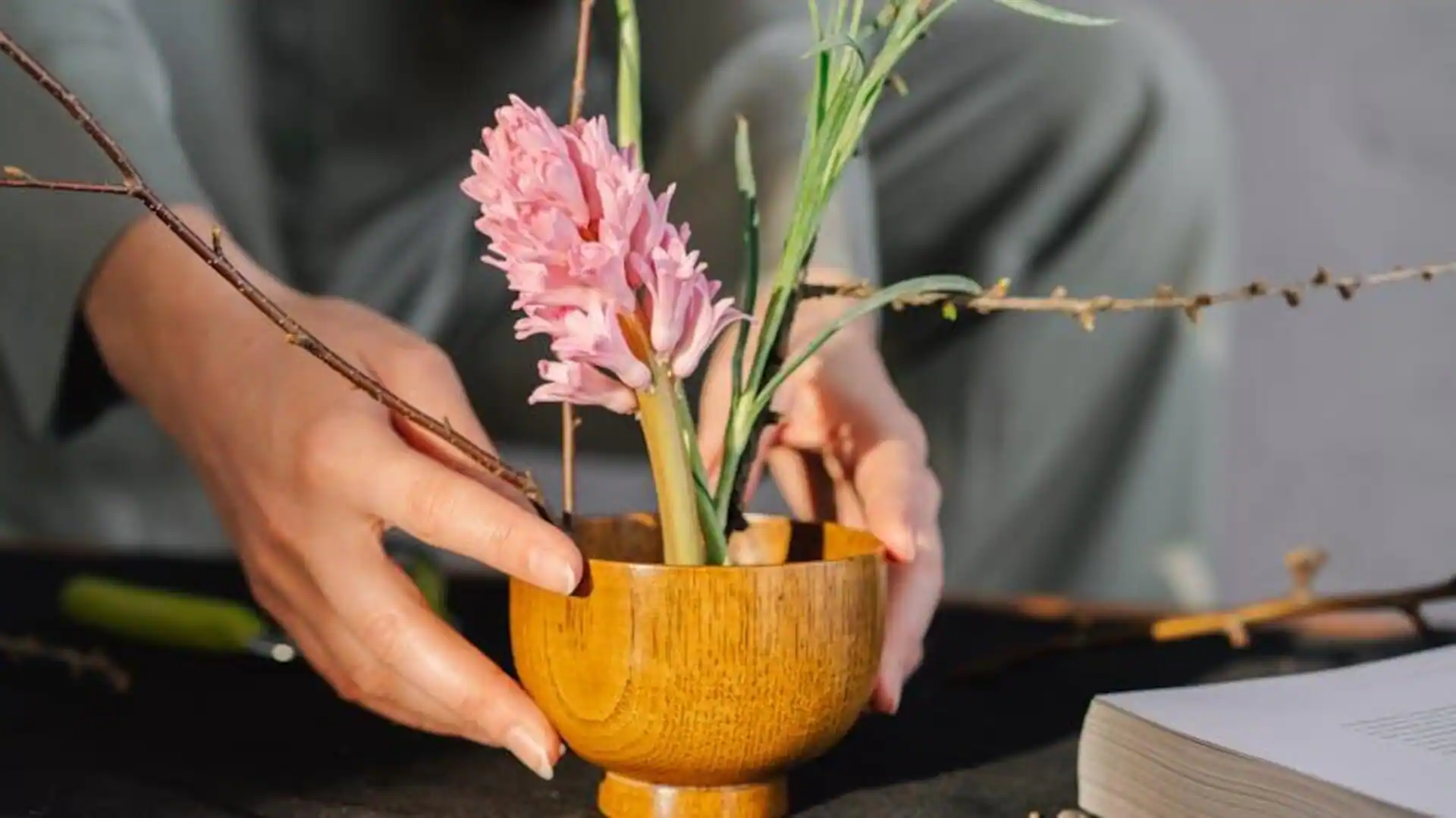By Anujj Trehaan
Copyright newsbytesapp

Ikebana, the traditional Japanese art of flower arrangement, is all about minimalism and harmony. Unlike Western floral arrangements that focus on volume and color, ikebana emphasizes simplicity and balance. This art form employs flowers, branches, leaves, and stems to create a sense of tranquility. Practitioners often find it meditative as it requires concentration and creativity. Learning principles of ikebana can give insights into Japanese culture and aesthetics. Ikebana is governed by a few key principles that set it apart from other flower arrangement forms. The foremost is asymmetry, which brings a dynamic balance to the composition. Another principle is space; empty spaces are as important as filled ones in an arrangement. Line use is also essential; each element should have a clear direction or flow that guides the viewer’s eye through the piece. To practice ikebana effectively, you’d need some specific tools. A kenzan or pin holder anchors stems in place in a shallow container called a suiban. Scissors designed for cutting plant material ensure clean cuts without damaging delicate stems or leaves. Wire may also be used to support heavier branches discreetly within an arrangement while maintaining its natural appearance. Selecting materials for an ikebana arrangement is more than just choosing flowers. It requires picking elements that subtly communicate emotions or seasonality through the way they are shaped and the color palette. Muted tones are preferred over bright hues, reflecting the intention more effectively. This careful process of selection ensures each creation uniquely evolves. It embodies a blend of tradition, artistry, and personal expression in harmony with nature’s rhythm.



